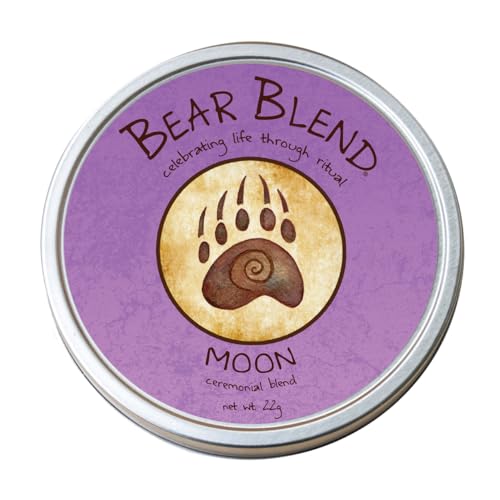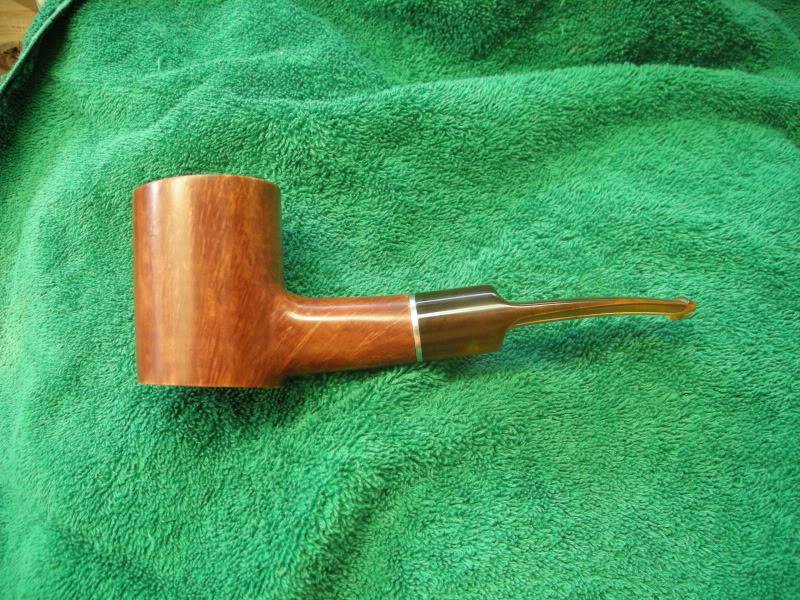FINALLY...MORE PICTURES...
Some of these sort of speak for themselves - or - illustrate things I've already talked about, so I won't go into more blabber.
Before the pictures I want to add that following any of the prior posts describing what I've completed, and following the pictures below, I've gone through further finishing via filing and sanding. Filing (and you can see a few of the files I used in one of the photos here) was done using successive sizes and cuts of riffling files...followed by sanding starting with a 220 grit, going through 320, 400 and ending up this afternoon with 600. I still have one stage to go which will be with a 1200 grit. But before that takes place I need to go back and re-file a few areas that I've judged still need so refinement.
Also, the slight gap visible where the stem meets the shank never did just 'go away'. The face of the shank where it is supposed to meet the stem face and be totally flush had perhaps 1/8 of the diameter 'gap'. You can see this in the photos easily, I think. In the end I had to sand the shank face back...and never could get it to be as completely flush as it should be...resulting in a disappointing fit. I'm not sure what to do to correct this.
Edited comment: In the end I sanded that face of the shank to a fairly regular and smooth surface, removing the area in question. This required that I 're-chamfer' or 're-countersink' the bore at the face of the shank as the sanding removed most of this.
I'll add a few further photos of the pipe in its current state of having been sanded 95% to completion. Then I'll get into the end game...staining. Not sure at this point whether I'll use a leather dye or another product like Trans-Tint or dip into my existing stock of water based stain that I've used before...a Birchwood Casey product. So - stay tuned for that.
And now...the pics:








Last process comment...you can see that I used some electrical tape to wrap the end of the stem...just for protection. As I sanded down to close to the final dimension it came off and eventually at the 600 grit stage the end of the stem and the briar shank were sanded 'jointly' to get the final surface to be the same diameter. It seems to have worked pretty well.
Thanks for watching and sharing your thoughts and for your patience. TTFN
Some of these sort of speak for themselves - or - illustrate things I've already talked about, so I won't go into more blabber.
Before the pictures I want to add that following any of the prior posts describing what I've completed, and following the pictures below, I've gone through further finishing via filing and sanding. Filing (and you can see a few of the files I used in one of the photos here) was done using successive sizes and cuts of riffling files...followed by sanding starting with a 220 grit, going through 320, 400 and ending up this afternoon with 600. I still have one stage to go which will be with a 1200 grit. But before that takes place I need to go back and re-file a few areas that I've judged still need so refinement.
Also, the slight gap visible where the stem meets the shank never did just 'go away'. The face of the shank where it is supposed to meet the stem face and be totally flush had perhaps 1/8 of the diameter 'gap'. You can see this in the photos easily, I think. In the end I had to sand the shank face back...and never could get it to be as completely flush as it should be...resulting in a disappointing fit. I'm not sure what to do to correct this.
Edited comment: In the end I sanded that face of the shank to a fairly regular and smooth surface, removing the area in question. This required that I 're-chamfer' or 're-countersink' the bore at the face of the shank as the sanding removed most of this.
I'll add a few further photos of the pipe in its current state of having been sanded 95% to completion. Then I'll get into the end game...staining. Not sure at this point whether I'll use a leather dye or another product like Trans-Tint or dip into my existing stock of water based stain that I've used before...a Birchwood Casey product. So - stay tuned for that.
And now...the pics:








Last process comment...you can see that I used some electrical tape to wrap the end of the stem...just for protection. As I sanded down to close to the final dimension it came off and eventually at the 600 grit stage the end of the stem and the briar shank were sanded 'jointly' to get the final surface to be the same diameter. It seems to have worked pretty well.
Thanks for watching and sharing your thoughts and for your patience. TTFN





















![[3-Size Set] Copper Pipe Cleaner for Drill, Clean 1/2, 3/4, 1-in Copper Pipes & Tubes for Soldering, 3 Tube Cleaning Brushes, Model InerLok050, 075, 100, w/ Stainless-Steel Wire Bristles & 1/4” Shank](https://m.media-amazon.com/images/I/41QVxunlqML._SL500_.jpg)











![3-Size[6pc] Fitting Cleaning Brush Set (1/2, 3/4, 1.0-inch) Copper Pipe Cleaner for Power Drill, Stainless-Steel Wire Bore Brush, Metal Tube Brushes, Prep Copper/Bronze/Brass Fittings for Soldering](https://m.media-amazon.com/images/I/41puQGBrVFL._SL500_.jpg)





















